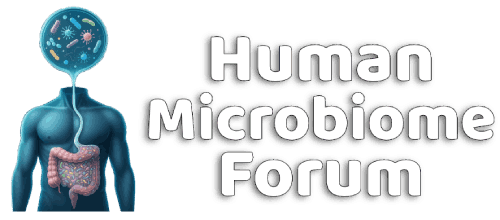Michael Harrop
Well-known member
https://www.sciencenews.org/article/elite-athletes-poop-key-to-metabolism
https://www.cell.com/cell-reports/fulltext/S2211-1247(25)00219-0
https://www.cell.com/cell-reports/fulltext/S2211-1247(25)00219-0
Mice given fecal transplants from athletes with very high exercise capacity were more sensitive to insulin and had increased stores of a molecule called glycogen, an important energy source, compared to other transplanted mice.
Still, the mice didn’t show increased running endurance, suggesting that more than a fecal transplant is needed to act like an elite athlete. Nonetheless, the possible metabolic benefits suggest that a person’s exercise capacity should be considered when selecting donors for fecal microbiota transplantation, Derbré says.
Analysis of the cohort’s poop revealed that athletes with the highest exercise capacities had less diverse gut microbiota and lower overall amounts of gut bacteria compared to other study participants. Despite that, they also had higher levels of metabolites called short-chain fatty acids, produced by gut bacteria and used as energy sources. Derbré says the bacteria in these athletes’ guts may extract nutrients from food more efficiently — a hypothesis that requires further study.
Highlights
• Gut bacterial ecosystem is linked to host’s exercise capacity independent of food habits
• Despite reduced bacterial diversity, endurance athletes exhibit higher fecal SCFA levels
• Gut microbiota from athletes improves insulin sensitivity of transplanted mice
• The gut bacterial ecosystem might be driven by access to energy resources left by the host
Summary
Although the gut microbiota is known to act as a bridge between dietary nutrients and the body’s energy needs, the interactions between the gut microbiota, host energy metabolism, and exercise capacity remain uncertain.
Here, we characterized the gut microbiota ecosystem in a cohort of healthy normo-weight humans with highly heterogeneous aerobic exercise capacities and closely related body composition and food habits. While our data support the idea that the bacterial ecosystem appears to be modestly altered between individuals with low-to-high exercise capacities and close food habits, we report that gut bacterial α diversity, density, and functional richness are significantly reduced in athletes with very high exercise capacity.
By using fecal microbiota transplantation, we report that the engraftment of gut microbiota from athletes with very high exercise capacity improves insulin sensitivity and muscle glycogen stores into transplanted mice, which highlights promising therapeutic perspectives in fecal transplantation from human donors selected based on exercise capacity traits.
we formed a cohort of 50 young males, named EXOMIC, to create a physiological and biological database of humans with very low to very high aerobic exercise capacity, including non-athletes (NoAs), elite soccer players (ESP), and elite cyclists (ECs).
We selected 8 physically active and non-sedentary donors exhibiting distinct aerobic exercise capacity traits (Table S2). Each mouse received fecal microbiota from a unique donor (3 mice per donor) during 3 consecutive days and then once per week during the next 2 weeks (Figure 3A).
- Format correct?
- Yes
